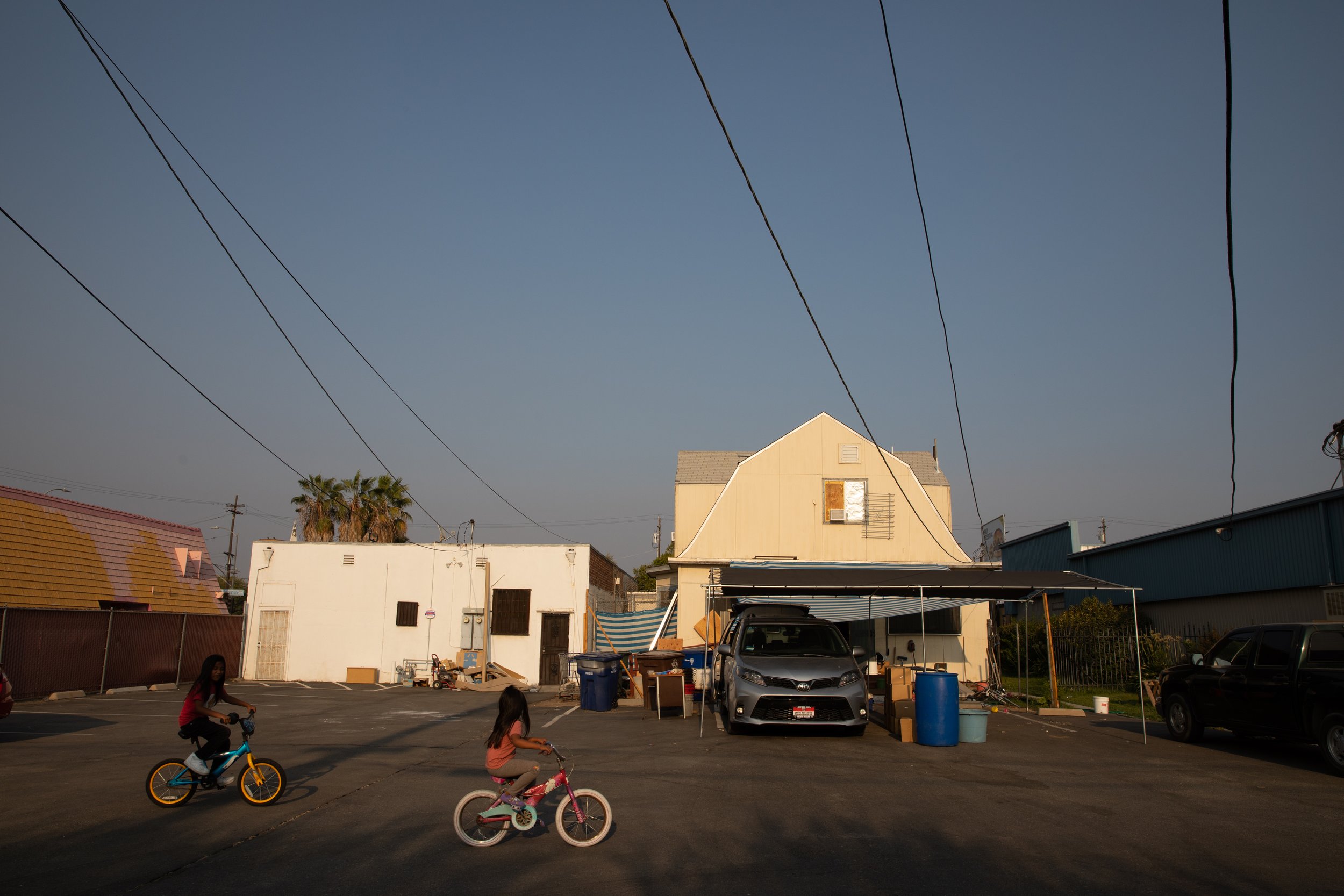Essential in a Pandemic - Thousands of indigenous migrants toil on California farms, cut off from mainstream health care by language and cultural barriers. Amid the pandemic, new activists from within the community now work to bridge the gap.
Photographs by Zaydee Sanchez. October 2021. For Palabra.
Silvia Garcia works farm fields in California’s Central Valley. After many years of this work, getting up so early is still not easy. She puts in long shifts across six days of the week, in blistering summer heat and winter’s cold. Today, routine body pains and soreness are the bad fruit of her labor. Garcia and her husband are farmworkers, and after dropping the kids off at her parent’s house on a recent summer morning, they are harvesting fruit by 4:30 a.m.
Garcia is not alone. Labor statistics say 407,300 workers, mostly Mexican and many undocumented, prepare, maintain, and harvest fruit, nuts, and vegetables up and down the nation’s richest agricultural state. But often overlooked in these numbers is a growing population of farmworkers for whom even Spanish is a foreign language. At least 165,000 California farmworkers are believed to be migrants from indigenous communities in Mexico. The coronavirus pandemic has exposed them to serious gaps in health care. Even before COVID-19, doctors, vaccines, and medicine were well out of reach of indigenous migrant workers who live in fear and mistrust on the margins of U.S. society.
A recent study of California’s farm hands revealed that very few migrants of indigenous origin are covered by medical insurance; six of every 10 indigenous migrant women have not visited a doctor in the U.S. Moreover, as one indigenous farmworker said, the sick from his community are more likely to be willing to cross back into Mexico — despite the danger and cost — than face uncertainty and a perceived threat of deportation in California clinics and hospitals. This inequity comes amid a pandemic that has proved acutely lethal to Latinos in the U.S. One study says it has shaved three years from the average U.S. Latino’s life expectancy.










